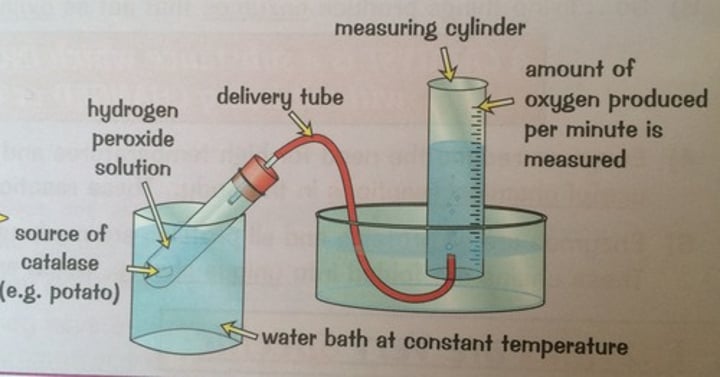Enzymes: Cell level systems: Biology: GCSE (9:1)
1/16
There's no tags or description
Looks like no tags are added yet.
Name | Mastery | Learn | Test | Matching | Spaced |
|---|
No study sessions yet.
17 Terms
Enzyme
Biological catalysts which speed up reactions without being used up
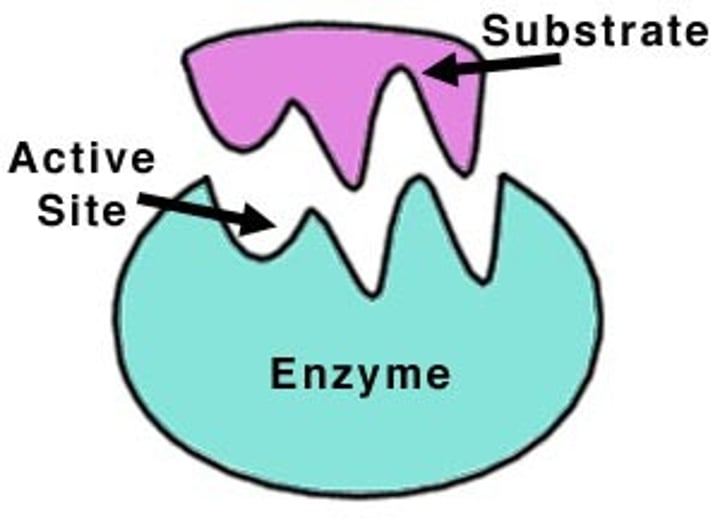
Enzymes and temperature
The enzyme rate increases as temperature increases up to an optimum, after which the enzyme becomes denatured
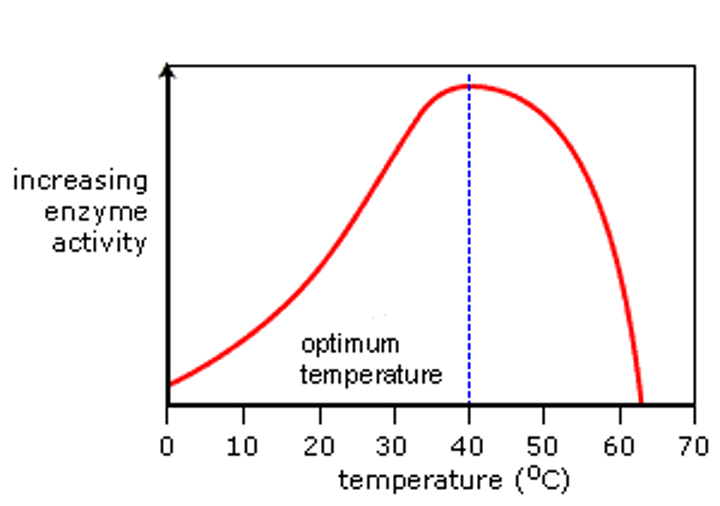
Enzymes and pH
The reaction rate decreases as the pH moves away from the enzyme's optimum pH
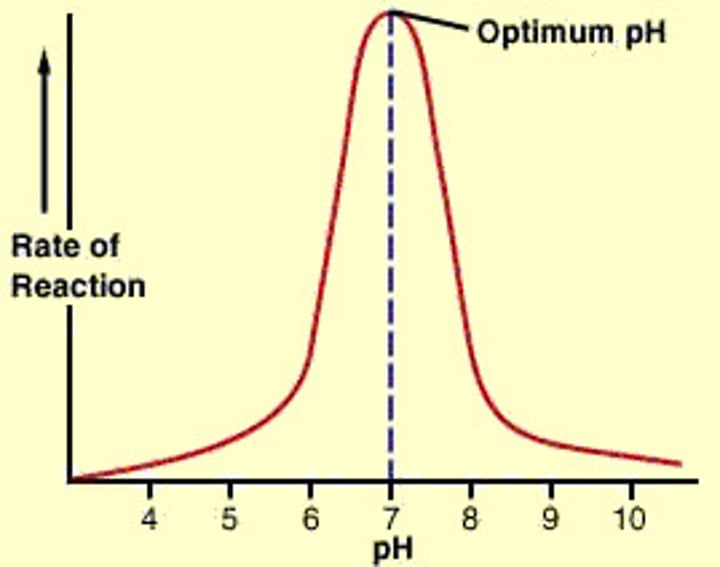
Optimum rate
An ideal pH or temperature value that results in maximum enzyme activity
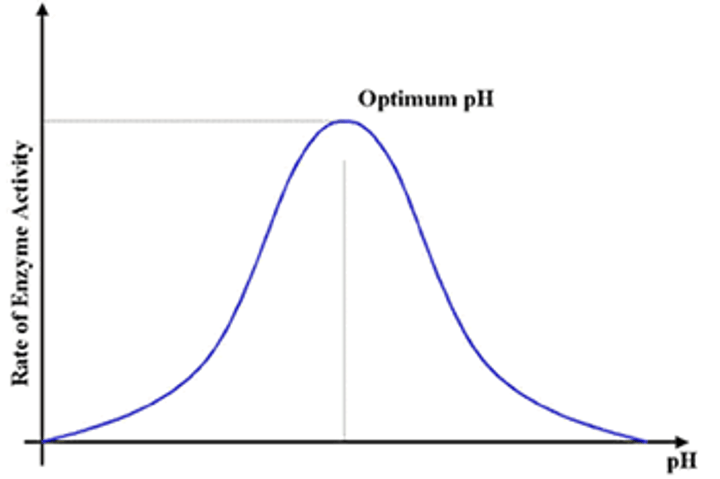
Denature
When the active site changes shape and can no longer bind to a substrate due to unsuitable temperature or pH
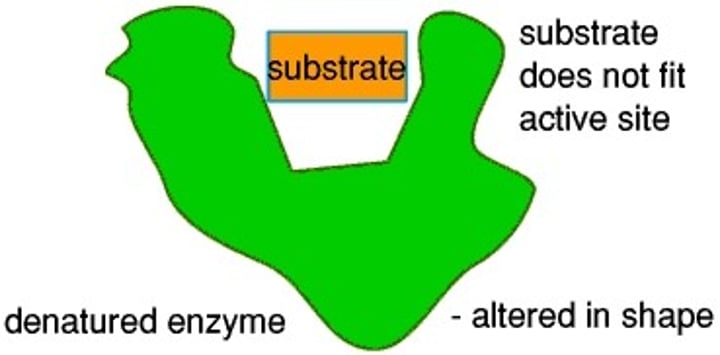
Active site
The part of an enzyme where the substrate binds
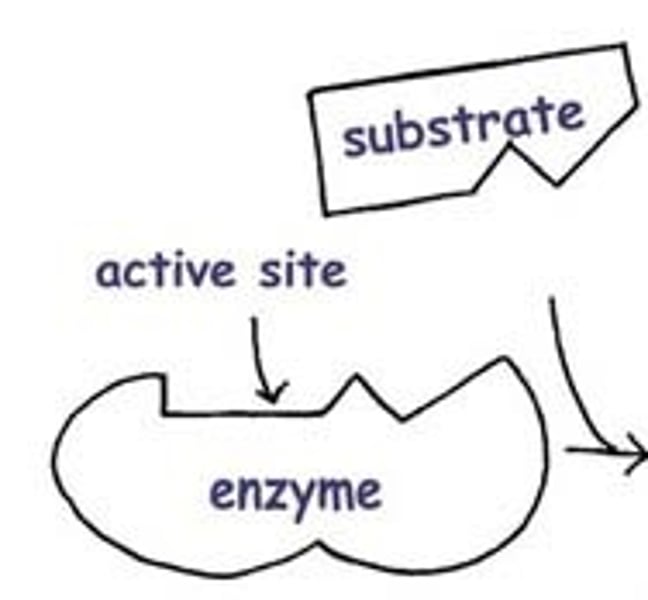
Substrate
Reactant of an enzyme catalysed reaction
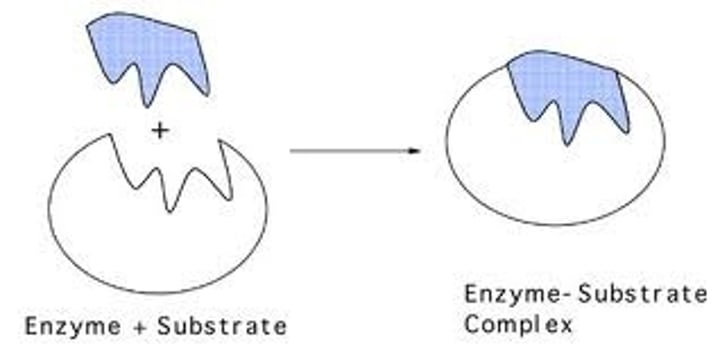
Product
A substance produced in a chemical reaction
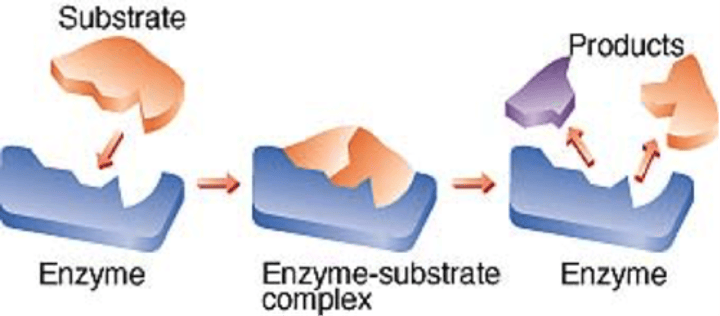
Lock and key theory
When a substrate fits into its enzyme just like a key fits a lock

Amylase
A carbohydrase enzyme found in saliva and the small intestine that breaks the chemical bonds in starches
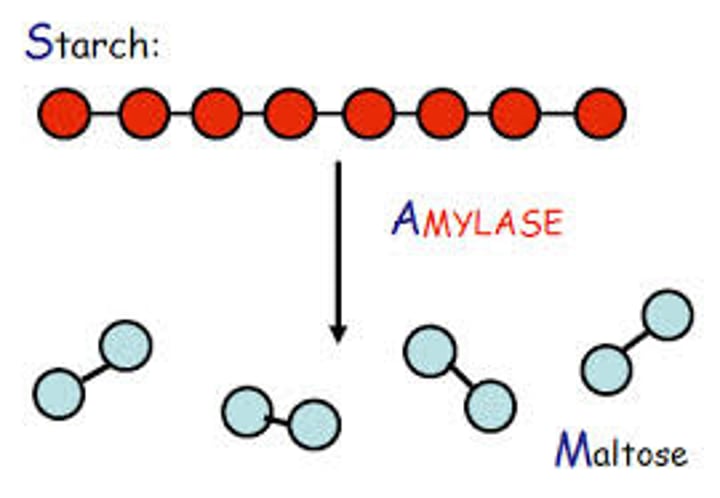
Protease
Enzyme found in the stomach and small intestine that breaks down proteins into amino acids
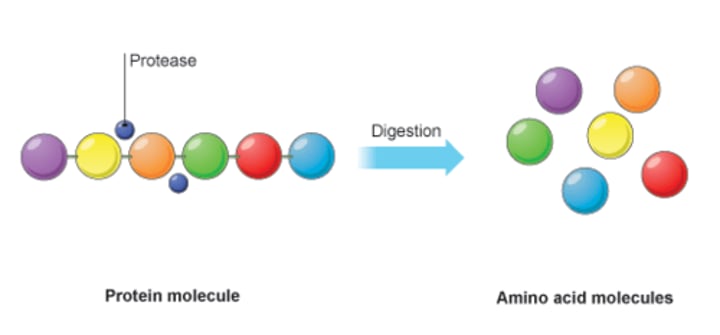
Lipase
Enzyme found in the small intestine that breaks down lipids into glycerol and fatty acids
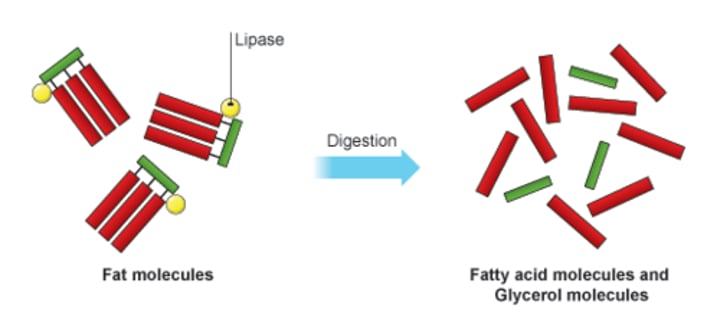
Carbohydrases
Enzymes that speed up the breakdown of carbohydrates into simple sugars
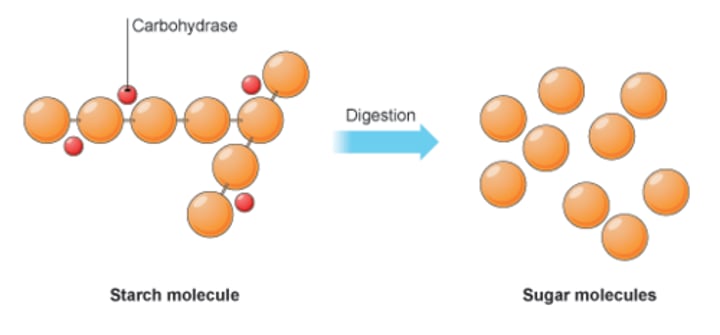
Proteins
Building blocks of cells and tissues
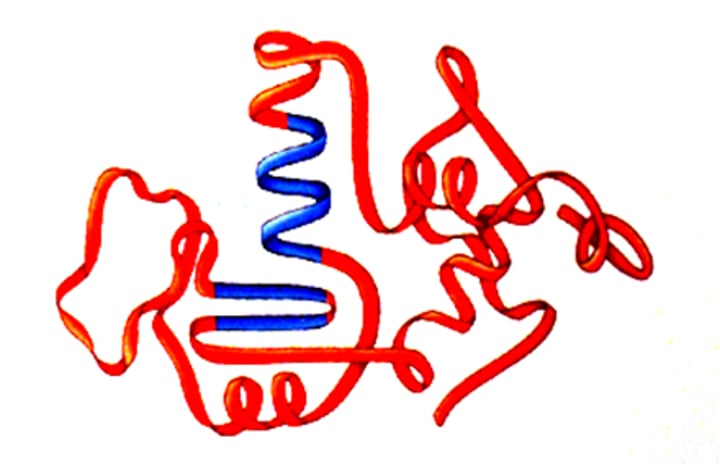
Carbohydrates
Provide energy for chemical reactions
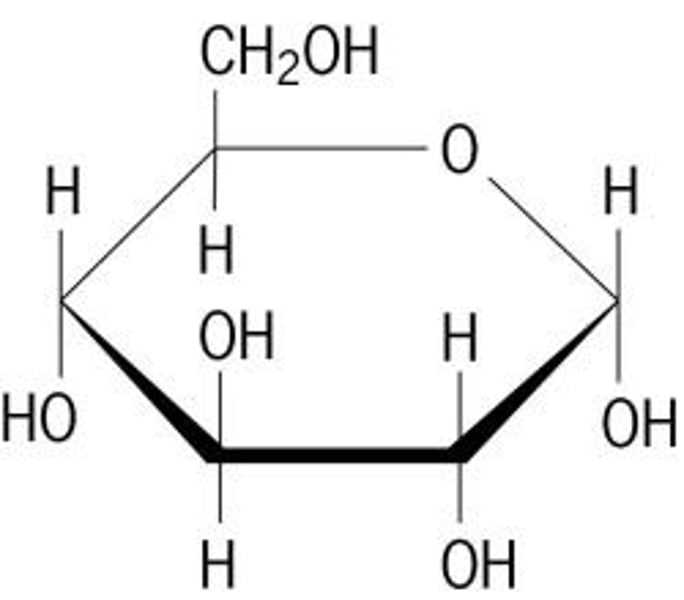
Lipids
Fats and oils which store energy
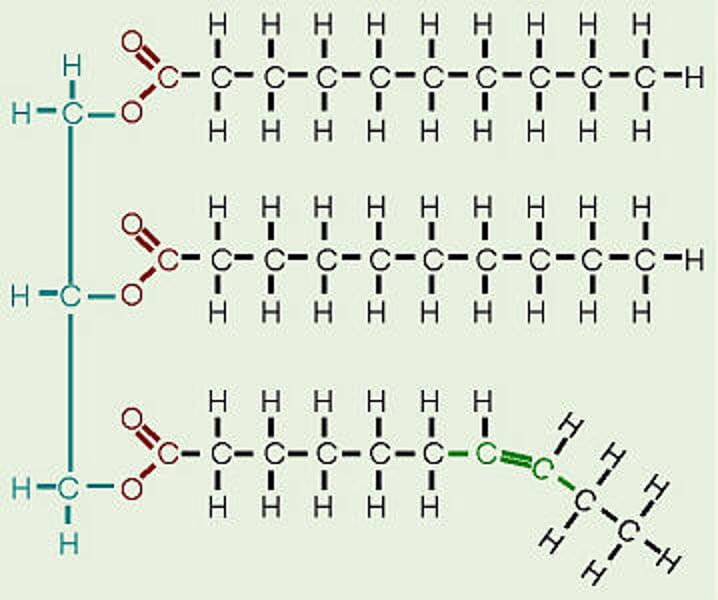
Enzyme experiments
Investigating the breakdown of starch by amylase using iodine solution or measuring the volume of oxygen produced by catalase activity on hydrogen peroxide
